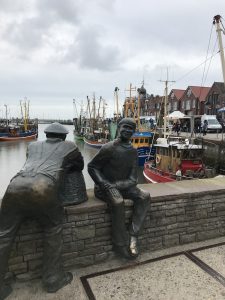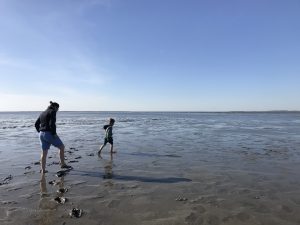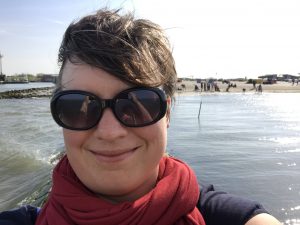
A “Siel” – the valve in a dyke that lets freshwater out but no salt water in
Ok now, after complaining about how I dislike mud and the “no water” (i.e. low water) times in the Wadden Sea yesterday, today I’ll tell you about some stuff I…

